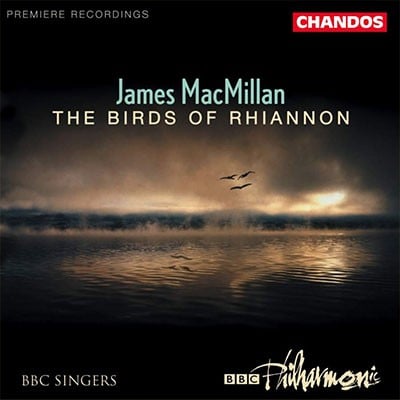Exsultet
- (version for symphonic brass) (1998, arr.2000)4hn.3tpt.3trbn.tuba-timp.perc(1/2):SD/bell/lg tam-t/sm tam-t(opt)-org(opt)
Abbreviations (PDF)
Boosey & Hawkes
Exsultet is the first word of the Latin Easter Proclamation, sung at the Easter Vigil every year to celebrate the Resurrection ("rejoice, heavenly powers!"). Fragments of the Gregorian melody are embedded in the second movement of the composer’s first Symphony: Vigil of 1997. The material for this short fanfare Exsultet is also extracted from the same movement. It begins in the lowest registers and gradually rises through a pitch field, with very free, rhythmic notation.
As more instruments enter, the music becomes more enervated. Percussion adds a new rhythmic focus as the fanfares become more wild and joyous. The momentum builds to a fierce climax before a sudden silence. The coda of the piece consists of a series of simple chords, juxtaposing different extremes of volume. (In the larger version of the piece an optional organ part is included in this section).
The original brass quintet (and optional percussion) version was written in 1998 for the opening of the new Sir Alexander Gibson Opera School at the RSAMD in Glasgow. The revised version for full orchestral brass, timpani and percussion was written for the BBC Philharmonic for the Cheltenham Festival, July 2000
James MacMillan, 2000
Reproduction Rights
This programme note can be reproduced free of charge in concert programmes with a credit to the composer

BBC Philharmonic Orchestra / John Scott
Chandos CHAN9997

